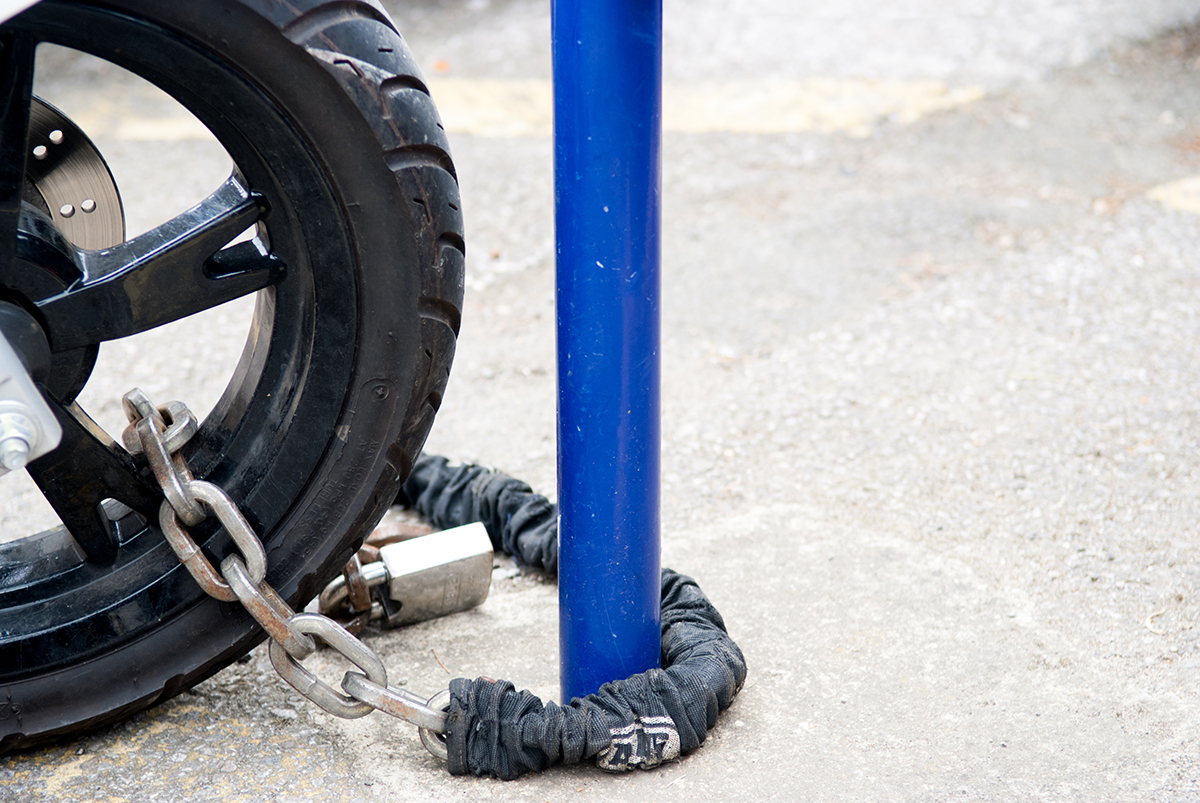In case of an emergency, your mobile phone is your most important and most advanced means of communication. Sadly, not everyone has optimized their phone to be the ideal emergency safety tool that it can be. Today, there are a few emergency safety features already built into most cell phones. Familiarize yourself with them, as they could be life-saving.
1. ICE Contacts
One safety feature that’s prominent in phones nowadays is the ICE information. Your ICE, or In Case of Emergency, contacts can be accessed even in the lock screen. Good Samaritans may not know what medical conditions you have and can call your ICE contacts even if you’re unable to unlock your phone. A workaround for this is to just take a screenshot or photo of your ICE contacts and emergency information, such as drug and food allergies as well as maintenance medication, and use this as your lock screen wallpaper.
Who should go in your ICE contacts?
You should include someone from your family. Your parents, your siblings, or your children are a good choice. You can also put in a couple of close friends, preferably somebody you live with or live close to. You can also include a trusted co-worker, a neighbor, and your doctor. The idea is that your ICE contacts should know you, preferably be in the same geographic area as you, and care for you enough to help.
2. Government and Safety Alerts
In cooperation with cellular network providers, the government has the ability to send emergency alerts directly to your phone. The types of alerts are as follows:
Amber Alert – These are alert messages sent by pertinent law enforcement agencies with information regarding a missing child. An Amber Alert is only issued if the abduction is confirmed, the child is at serious risk, there are sufficient available descriptions of the child, vehicle, and abductor, and the victim is under 18 years of age.
Emergency Alert – These are alert messages that are sent by the government and law enforcement agencies informing citizens of imminent threats to their safety or even lives. These are issued in case of terrorist attacks, shootouts, wars, super typhoons, earthquakes, or something equally life-threatening.
You can easily manage these alerts on your iPhone or Android device.
3. Personal Safety Apps for Emergencies
Your first reaction when you find yourself in an emergency is to make an emergency call to 9-1-1. You’ve probably seen a message displayed on your phone saying something like “Emergency Calls Only” at times. Your phone displays this whenever there is no cellular coverage based on your service provider.
Emergency Calls are made possible through the combined efforts and mutual agreements among cellular network providers and the government’s emergency services provider. Even when you don’t have network coverage for your own network, if other network provider signals are strong in your area, you’ll be able to place a 9-1-1 call. Having this “Emergency Call” option on your mobile device is a good first step in the right direction, but in some cases, it may not be enough. This is where the Rescu app comes in.
The Rescu App for Self Dispatching
Rescu is a reliable personal safety app that allows you to contact emergency responders with just the tap of your finger. Rescu will even message your emergency contacts for you and inform them of the emergency and the type of assistance dispatched without you having to talk at all.
Rescu eliminates the need for you to make a 9-1-1 call that places you in a queue behind other callers, which can take several minutes. Those crucial minutes that Rescu saves by contacting the fire department, police, or an ambulance directly can mean the difference between life and death.
Other Phone Safety Tips to Keep in Mind
While we’re on the topic of phone safety, always remember to use your mobile devices responsibly. Don’t use your phone while crossing the street, while walking along the railway and subway stations, or even when you’re going down the stairs.
And, especially, don’t text or call while you’re driving. If you do, you’ll be endangering your own life as well as the lives of your passengers, other motorists on the road and pedestrians on the street. It’s irresponsible and already illegal in some states. Even if it isn’t regulated in your hometown, that doesn’t mean that you should do it.
Remember to always keep your own safety in mind. Be prepared for anything and stack the odds in your favor! Don’t get caught in an emergency without Rescu.



